Nearly 50 GW of new solar generating capacity was connected to the U.S. power grid in 2024, per the 2025 Sustainable Energy in America Factbook.
The 13th-annual report, released by the Business Council for Sustainable Energy and BloombergNEF, tracks policy and market trends in the American energy industry.
The record-breaking 49 GW have played a large role in addressing rising energy demand and replacing the capacity of decommissioned thermal assets.
“America’s solar manufacturers can now produce enough modules to meet all demand in the U.S.,” said Sean Gallagher, the senior vice president of policy at the Solar Energy Industry Association, during a briefing on the factbook.

Approximately 39.6 GW of utility-scale solar was deployed last year. Generation from these facilities rose 31.4% after experiencing its largest year-over-year growth since 2017. Close to 10 GW of rooftop solar was also added last year, with Texas serving as the largest market for new utility-scale solar.
Even so, the levelized cost of energy for fixed-axis PV solar rose 27% to $63/megawatt hour, despite tax credits helping to offset increased hardware costs.
The report notes that, despite supply chain hiccups, high interest rates and an uncertain tariff landscape, solar remains one of the cheapest sources of new bulk generation, with or without tax credits.
Efforts to reshore module production are growing. An estimated $8 billion was used to bring new solar, wind, battery and electrolyzer manufacturing online in 2024. The authors ascribe the over-$7 billion jump from 2022 levels to post-IRA factory commissioning, subsidies, import tariffs and domestic content rules.
They caution, however, that the U.S. factory pipeline is “threatened.”
“Despite the flurry of activity in the last two and a half years,” they write, “There is no guarantee that all of the announcements will lead to factories being commissioned.”
This is particularly true as new manufacturing announcements and investments are becoming less common. Of the 264 manufacturing investments since the passage of the IRA, less than a quarter were announced in 2024.
As new production factories ramp up, cell imports are still rising: during the first nine months of 2024, U.S. solar cell imports rose to $1.5 billion, a 154% increase compared to the same time period in 2023.
Tariffs on cells and modules from Cambodia, Malaysia, Thailand and Vietnam (CMTV) could shift the tide, depending on the final rate. Some manufacturers have proactively shifted their solar sourcing to other countries like Laos and Indonesia before the fees go into effect.
Additionally, the over-30 GW of imported module inventory from CMTV that was not installed before December 2024 may be subject to tariffs in order to be used in the future.
Interconnection also remains a key barrier to bringing new projects online as projects languish in a backlogged queue. New interconnection applications have slowed, but an estimated 93 GW of solar and 139 GW of storage capacity sought grid connection in 2024.
The factbook also found that 2024 saw the highest annual capacity additions of energy generation and storage in over two decades, with renewable power generation sources being the largest category of new additions.
This content is protected by copyright and may not be reused. If you want to cooperate with us and would like to reuse some of our content, please contact: editors@pv-magazine.com.
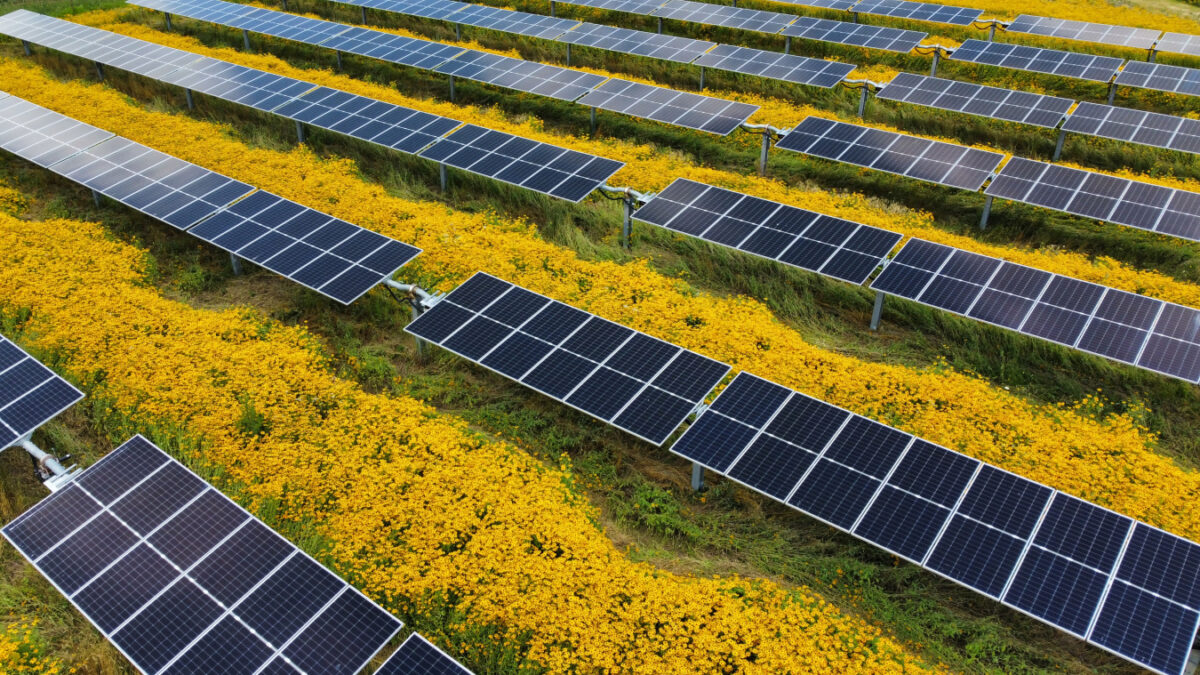
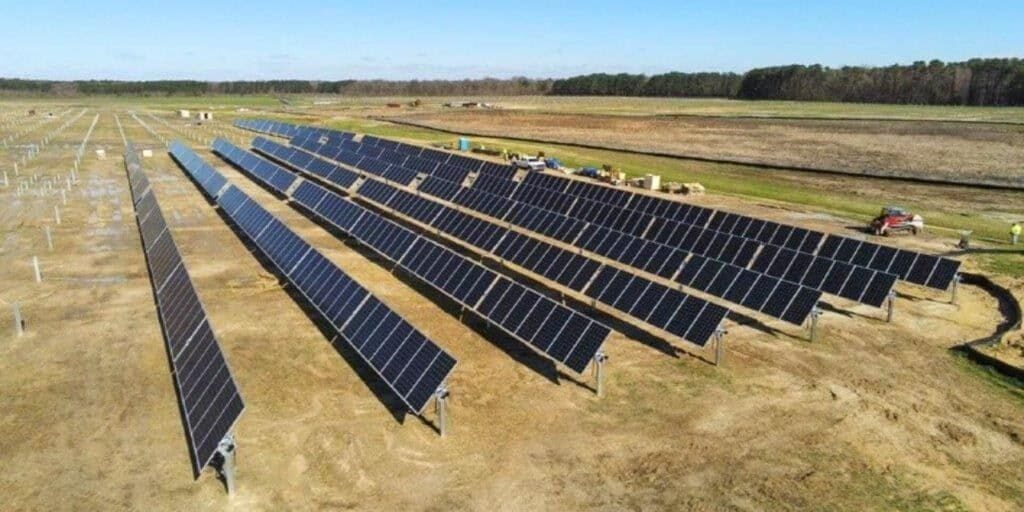



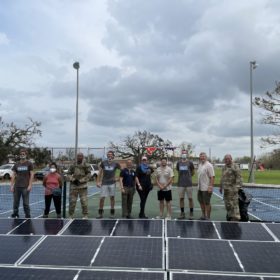
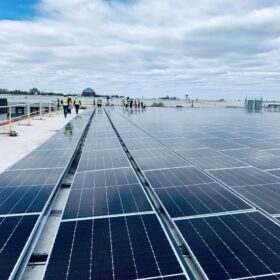
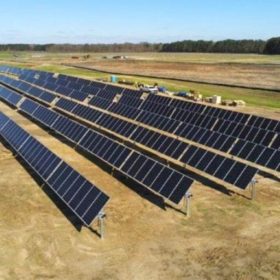
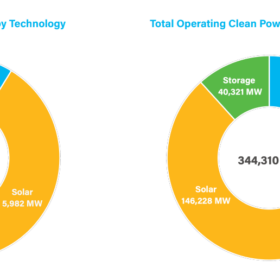
By submitting this form you agree to pv magazine using your data for the purposes of publishing your comment.
Your personal data will only be disclosed or otherwise transmitted to third parties for the purposes of spam filtering or if this is necessary for technical maintenance of the website. Any other transfer to third parties will not take place unless this is justified on the basis of applicable data protection regulations or if pv magazine is legally obliged to do so.
You may revoke this consent at any time with effect for the future, in which case your personal data will be deleted immediately. Otherwise, your data will be deleted if pv magazine has processed your request or the purpose of data storage is fulfilled.
Further information on data privacy can be found in our Data Protection Policy.